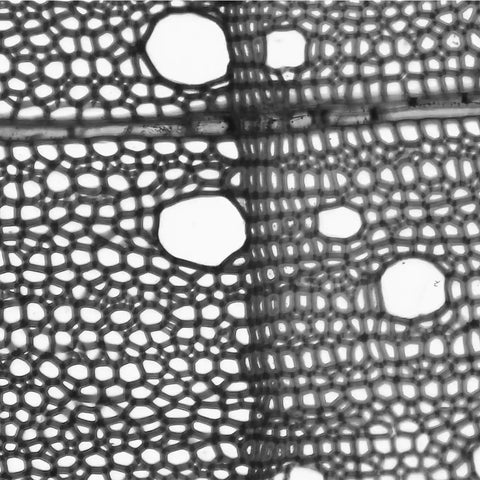What wood are skateboards made from?
Skateboarding originated in the late 1940s when surfers had the idea of mounting the base of roller skates on wooden boards in order to pursue their passion even on days when the waves were not good.
Wood was therefore the material of choice from the start. Even though this principle has not changed to this day, modern skateboard decks are in no way comparable to the simple wooden planks that were used back then.
Apart from shapes, concave and nose/tail kick, decades of intensive research go into every quality deck today.
Even though there are still many experiments with alternative materials such as aluminum, plastic, bamboo, as well as hybrids between wood and carbon, wooden decks are still the choice of all professional skateboarders.
A fact that repeatedly leads to conspiracy theories that allude to the fact that the skateboard industry is trying to suppress innovations in order to continue selling wooden decks with supposedly higher wear and tear.
The question of why none of these alternative constructions have become established to date can be answered quite simply: To date, no one has managed to improve performance by switching to a different raw material. Many people don't understand all the factors that go into making the perfect skateboard deck. For example, it's not about producing the stiffest deck. On the contrary, a deck needs to have a certain amount of flexibility to avoid feeling "lifeless." Not only does a board lose its "pop" over time because the wood becomes soft, but the wear on the nose and tail causes them to become duller and therefore no longer releases as much energy as a sharp edge at the end of the deck .
To the layman, building a deck seems quite trivial. You take 7 layers of wood, glue them together, press them and then cut them the shape. In theory that's true, but to build a really good board you need a lot more.
So what are the ingredients for the perfect deck?
The wood
Only Canadian maple ( Acer Saccharum). This is often referred to in the industry as hard maple, hard rock maple or sugar maple. The trees used for this grow in the northeast of the USA, the “Great Lakes Region”. The climate is perfect here: long, cold winters and short summers with sufficient moisture ensure that these trees grow slowly, which means that the structure of the tree is particularly strong and its material grows particularly dense. This gives the wood more stability.
In the following image you can see a photo of a layer of maple wood under the microscope. The smaller the holes, the stronger and more stable the wood.

You can find our selection of skateboard decks here


